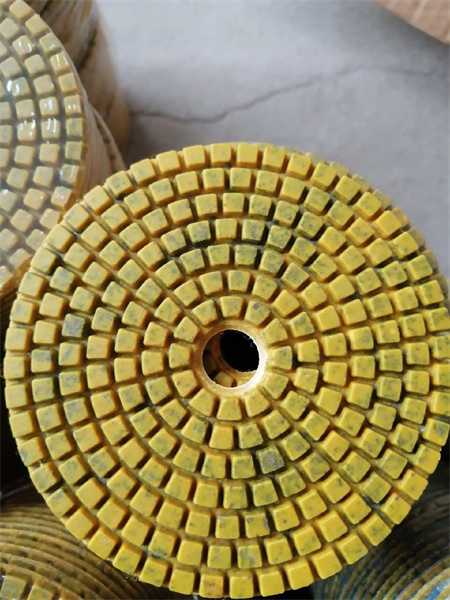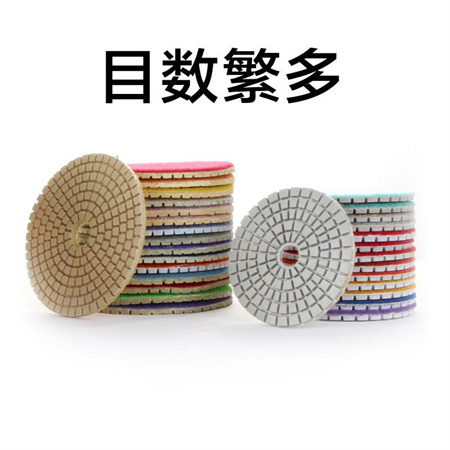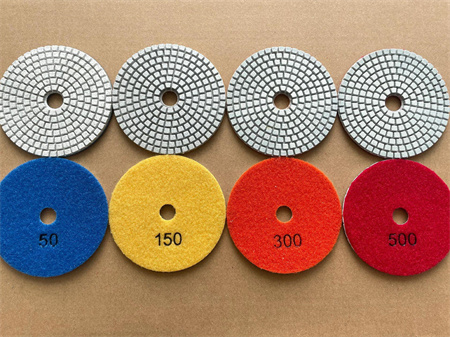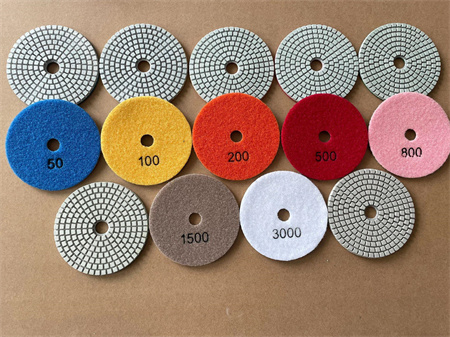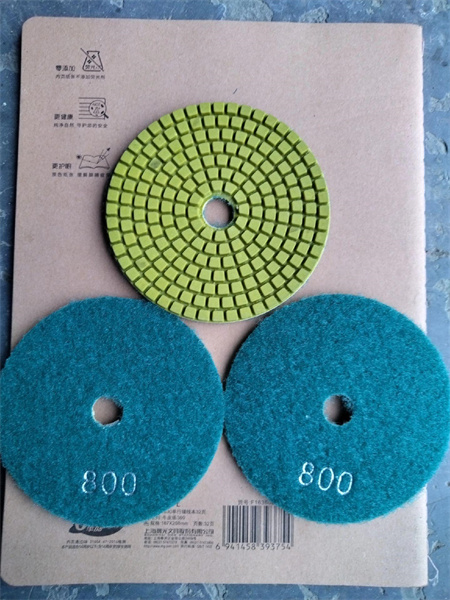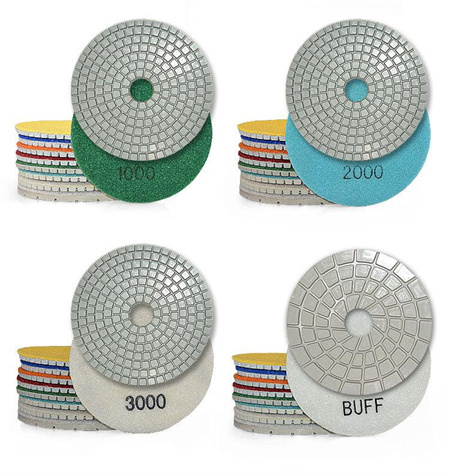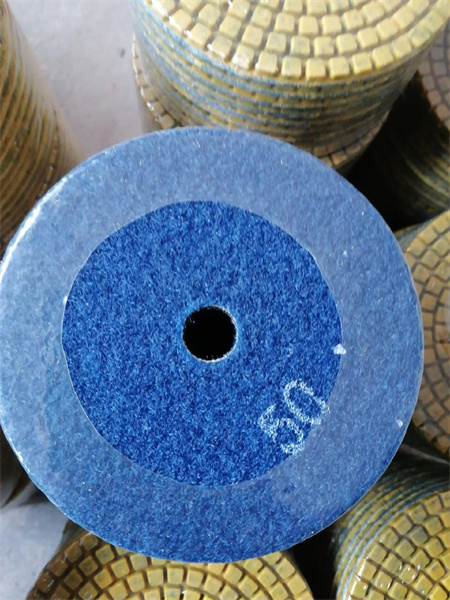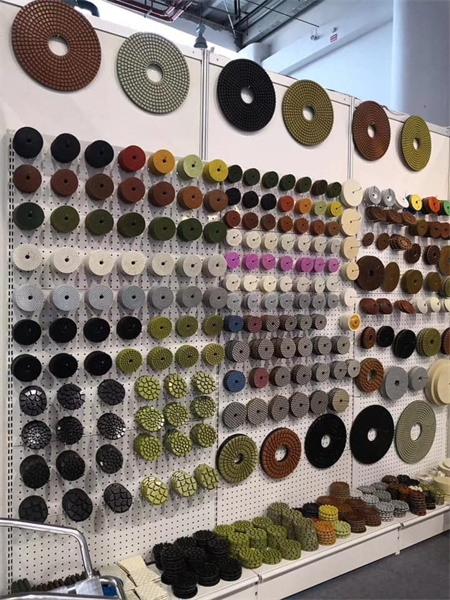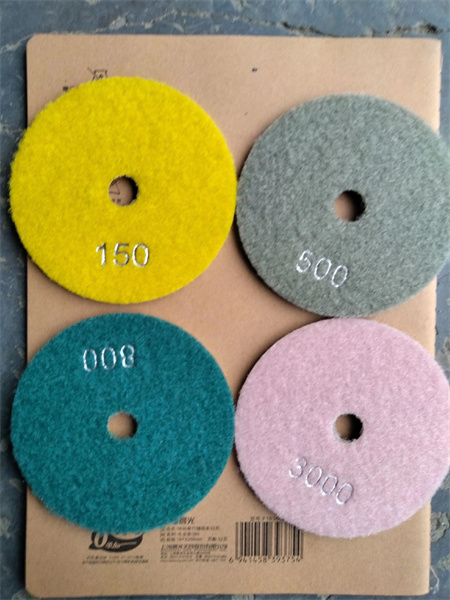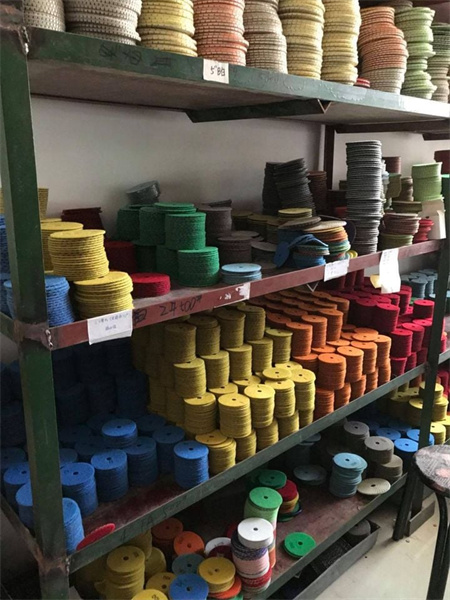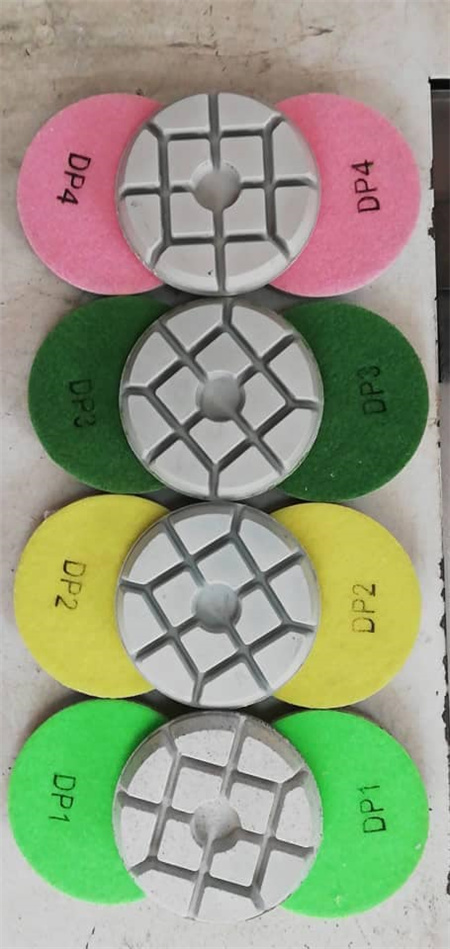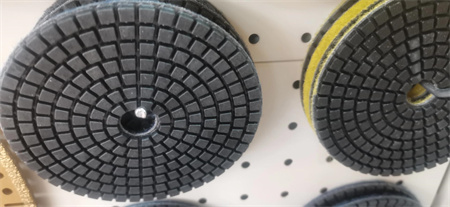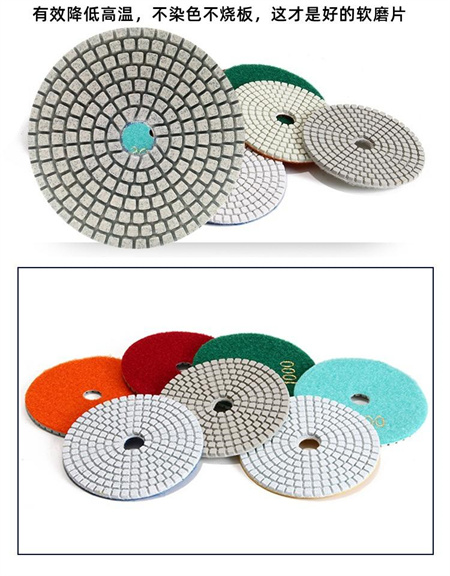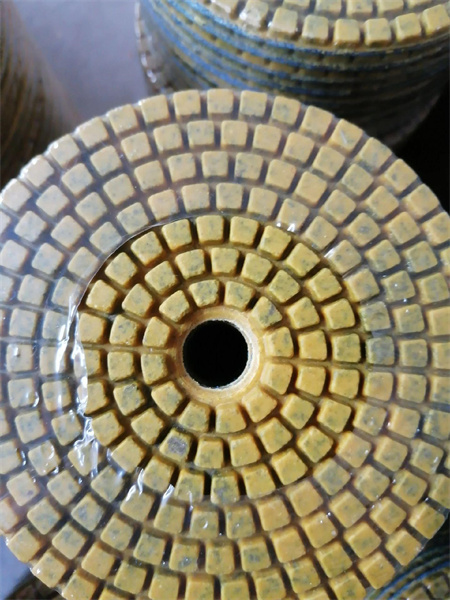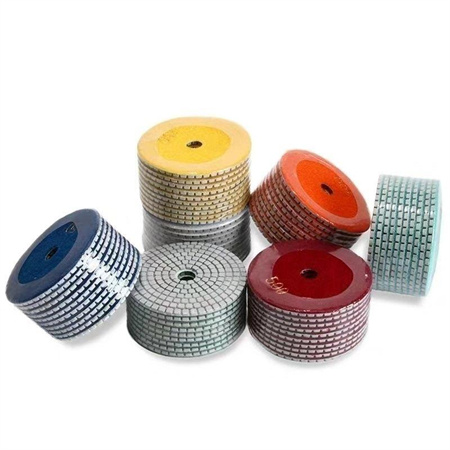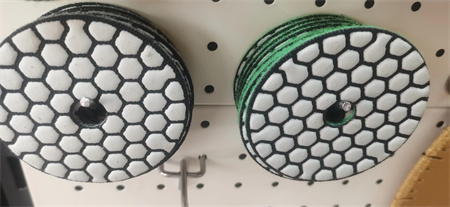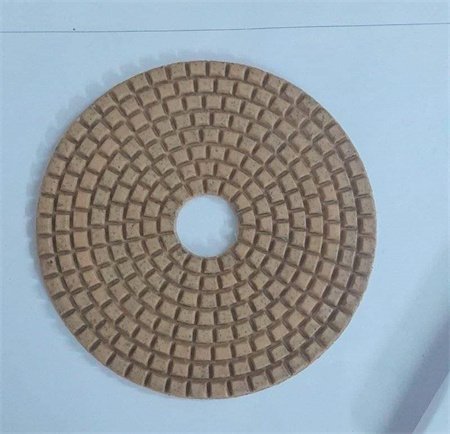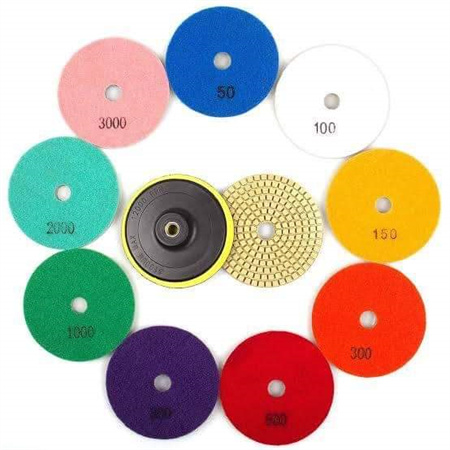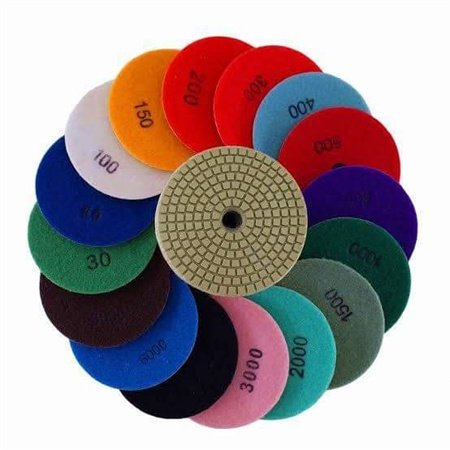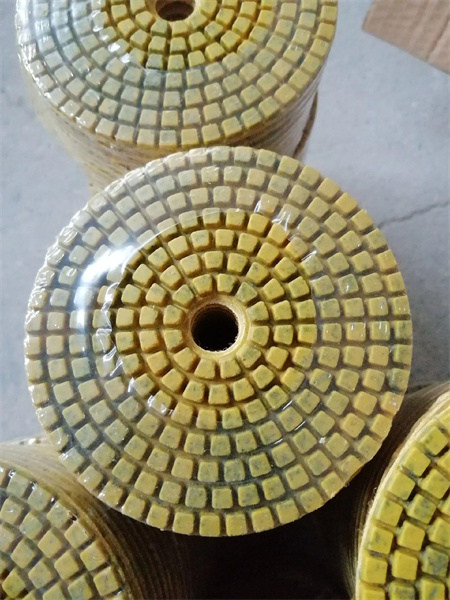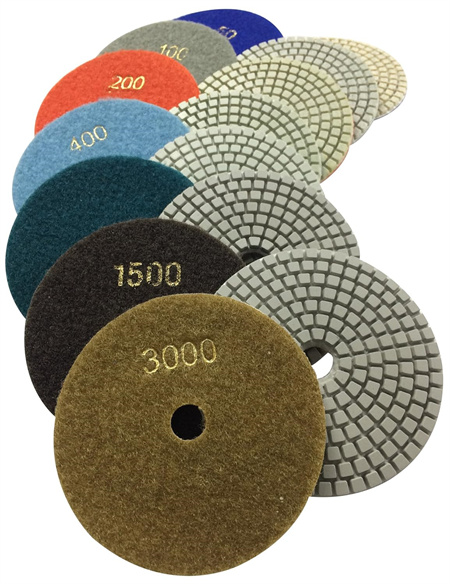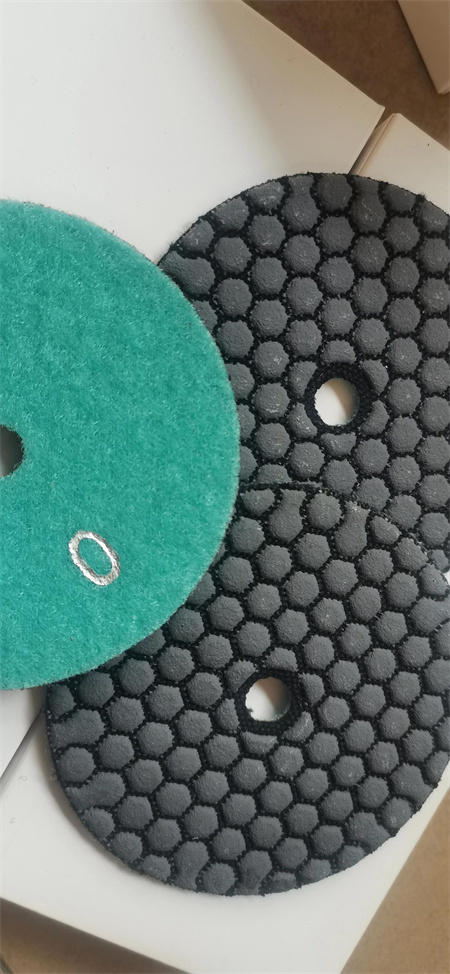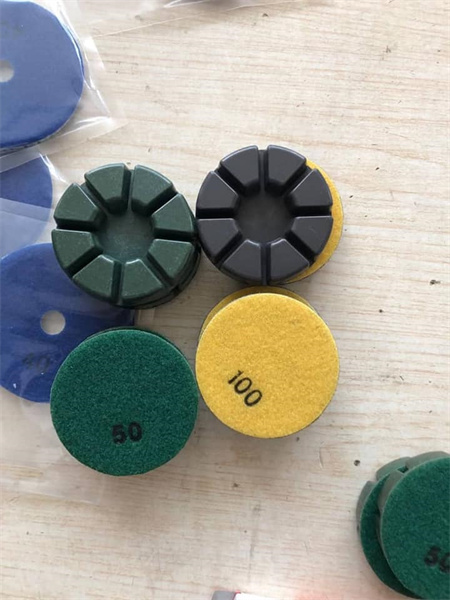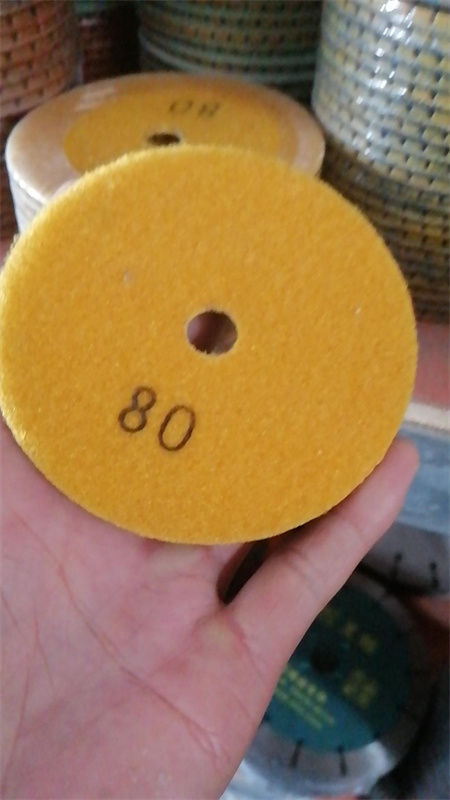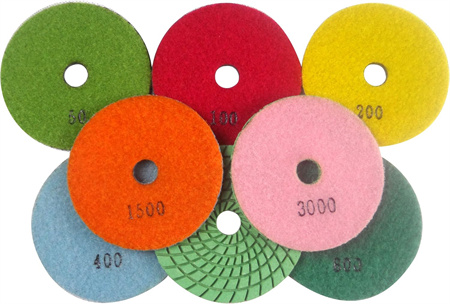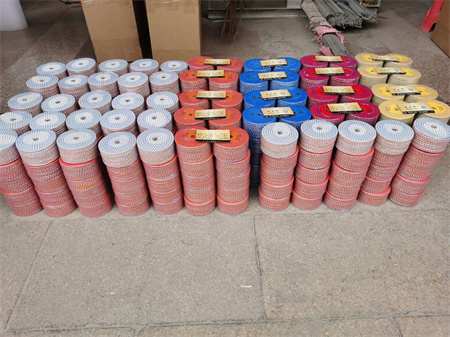Concrete Diamond Polishing Pads China Manufacturer
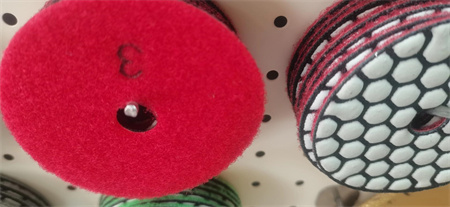
When it comes to achieving a smooth, glossy finish on concrete floors, using high-quality diamond polishing pads is essential. For years, China has been at the forefront of manufacturing these specialized tools, providing businesses around the world with durable, effective solutions for concrete polishing needs.
China’s concrete diamond polishing pads are designed to meet the demands of both professionals and DIY enthusiasts. These pads feature diamond particles that are embedded into a durable resin, allowing them to grind and polish concrete surfaces with exceptional precision. The result? A flawless finish that enhances the beauty and longevity of concrete floors.
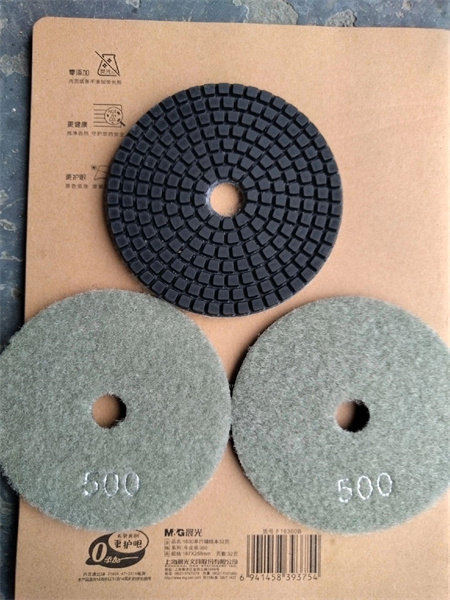
One of the key advantages of choosing a Chinese manufacturer for diamond polishing pads is the variety of options available. Whether you’re working with a small residential project or a large commercial space, Chinese manufacturers offer pads in multiple grit levels, from coarse to fine, enabling you to tackle different stages of the polishing process with ease. The versatility of these pads makes them ideal for a wide range of applications, including polishing concrete, terrazzo, and marble surfaces.
Another notable feature of Chinese-made polishing pads is their cost-effectiveness. By sourcing from China, businesses can take advantage of competitive pricing without compromising on quality. Thanks to the advanced manufacturing processes used in China, these pads deliver impressive performance and durability, ensuring that you get the most value for your investment.
China’s reputation for innovation in the manufacturing industry also extends to the development of concrete diamond polishing pads. Manufacturers continuously improve their products, incorporating the latest technologies to enhance efficiency and effectiveness. This dedication to innovation ensures that users have access to some of the best tools available on the market today.
Whether you’re working on a residential floor renovation or a large-scale commercial project, China-made concrete diamond polishing pads offer an unbeatable combination of performance, durability, and affordability. With their wide range of options and the expertise of manufacturers, these pads can help you achieve a high-quality finish every time.
